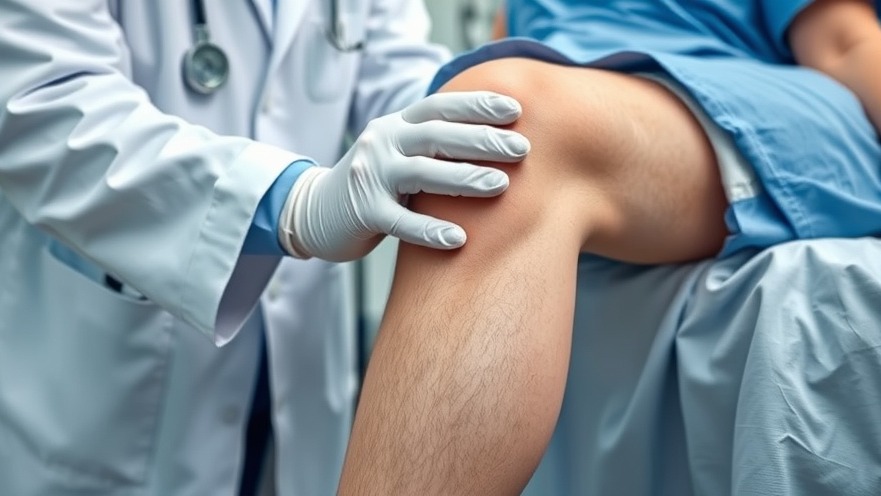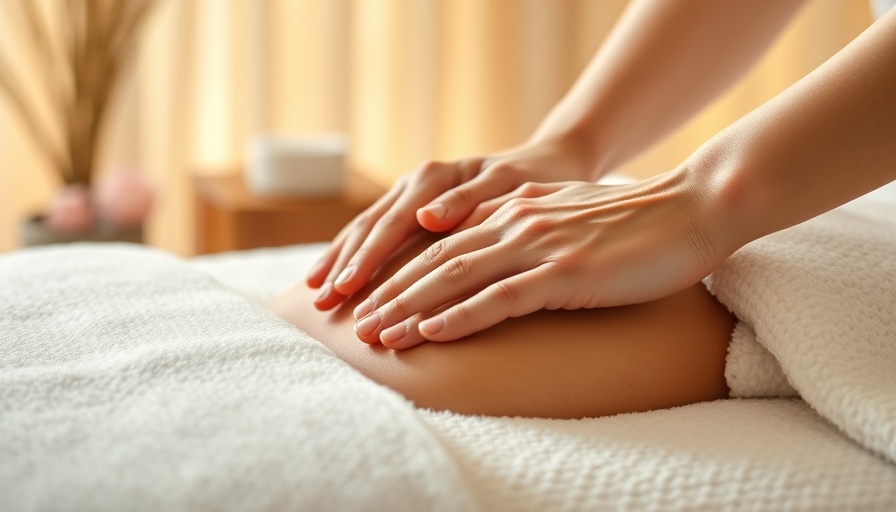
Cupping Therapy: A Natural Ally in Knee Replacement Recovery
Knee replacement surgeries are demanding, often requiring extensive recovery to regain mobility and function. However, a growing body of evidence suggests that cupping therapy can significantly aid in this process. This holistic practice, which involves the application of suction cups to the skin, has been gaining traction not just for its traditional use but for its ability to enhance recovery after knee surgeries.
Pre-Surgical Benefits of Cupping Therapy
Before undergoing knee replacement, patients often experience heightened tension in the muscles and fascia surrounding the joint. Cupping therapy serves to alleviate this tightness, improving skin elasticity and preparing the body for surgery. By promoting blood circulation and freeing up fascial adhesions, cupping preps the knee to handle the trauma of surgery with reduced risk of complications, such as skin damage or infection from retraction.
Post-Surgical Healing: Enhancing Mobility and Reducing Swelling
Once the surgery is complete, cupping therapy plays a crucial role in post-operative recovery. Its primary function at this stage is to aid in lymphatic drainage, thereby reducing swelling and expediting the healing process. As surgeons meticulously repair the knee joint, cupping helps prevent excess fluid buildup that can lead to discomfort and restrict mobility.
Moreover, gentle techniques that avoid heavy markings are vital; they reduce congestion and further complications. A careful application allows for tissue liftoff, releasing underlying muscle, skin, and fascia tension. This nuanced approach significantly improves the patient's range of motion, empowering them to engage in rehabilitation exercises sooner and with less pain.
Understanding the Knee's Unique Needs
The knee is a complex structure facing significant forces during everyday activities. For instance, walking can impose pressure equivalent to one and a half times one's body weight on the knees. The harsh realities of increased body weight cause further wear and tear during activities such as squatting or climbing stairs. This understanding highlights the crucial need for pre- and post-operative care, underlining cupping’s role in combatting the discomfort associated with the pressure placed on the knee.
The Emotional Side of Recovery
Knee surgery is not only a physical challenge but also an emotional ordeal. Patients often experience anxiety surrounding their recovery. Incorporating cupping therapy into a holistic recovery plan can support mental well-being, offering relaxation and pain relief. This emotional alleviation can result in a more positive mindset, promoting better engagement in rehabilitation efforts and overall recovery.
The Science Behind the Practice
Cupping therapy works through various mechanisms. One of the most important aspects is its influence on collagen and skin turgor, essential for post-surgical recovery. Strengthening these factors minimizes risks like infection and excessive scarring. With consistent use, cupping can help foster better skin health, creating a healthier environment for the knee to recover.
Conclusion: Embrace Cupping for Enhanced Recovery
For those recovering from knee replacement in Gig Harbor, incorporating cupping therapy can enhance the physical and emotional aspects of healing. As with all therapeutic modalities, it is essential to consult with a healthcare provider to ensure it fits within your specific recovery plan. Embrace this naturally holistic approach and give your body the support it needs to heal efficiently.
If you're interested in exploring cupping therapy or other holistic practices, consider reaching out to a Gig Harbor massage therapist who specializes in these techniques. Finding the right support can make a significant difference on your recovery journey!
 Add Row
Add Row  Add
Add 




 Add Row
Add Row  Add
Add 

Write A Comment